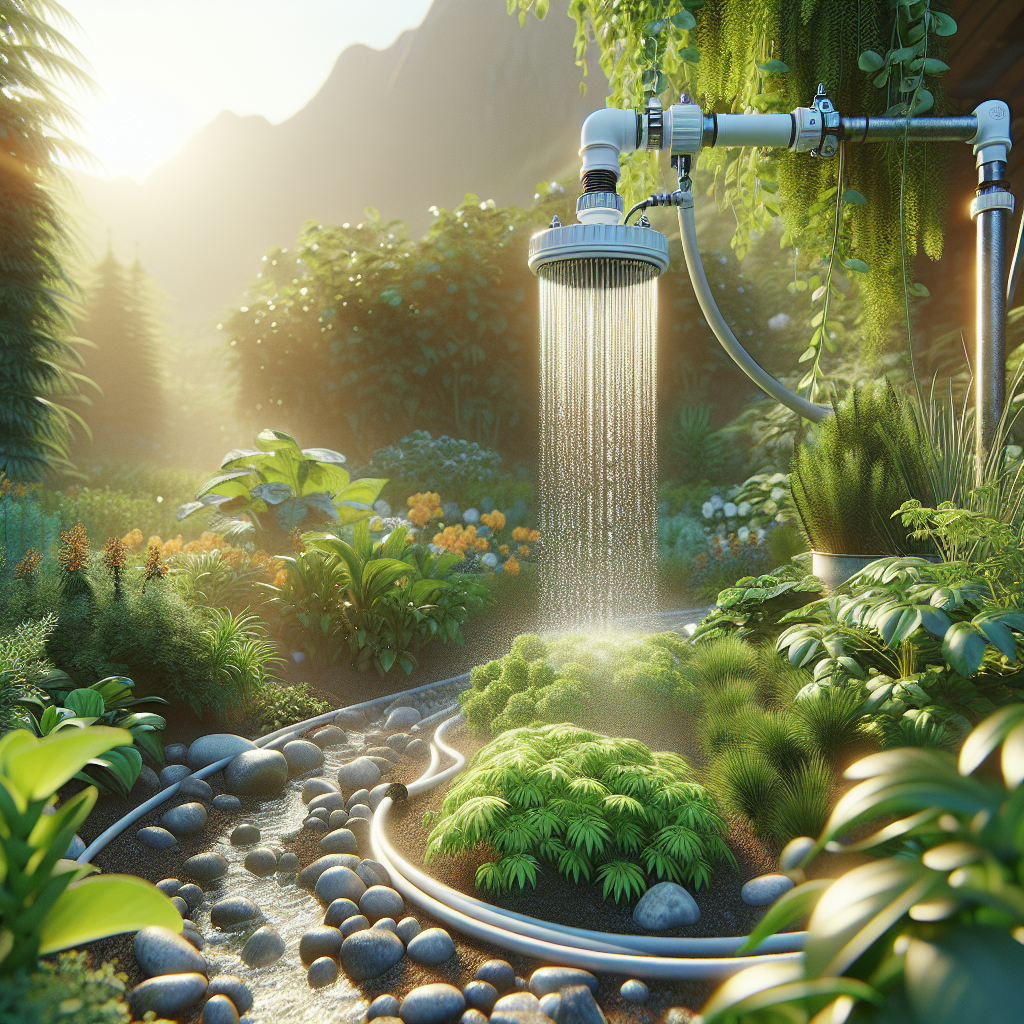Eco-Friendly Gardening: Slow Drip Irrigation for Sustainable Practices
In the quest for sustainable gardening practices, there is a growing interest in adopting eco-friendly methods to reduce water waste and promote the health of plants and the environment. One such method that has gained popularity in recent years is slow drip irrigation. This innovative technique delivers water directly to the roots of plants at a slow and steady pace, ensuring maximum absorption and minimal waste. In this article, we will explore the benefits of slow drip irrigation and how it can be implemented in your garden for a more sustainable approach to gardening.
What is Slow Drip Irrigation?
Slow drip irrigation, also known as drip irrigation or micro-irrigation, is a method of delivering water directly to the root zone of plants through a network of tubes, pipes, and emitters. Unlike traditional sprinkler systems that broadcast water over a wide area, slow drip irrigation targets specific plants or areas with a controlled flow of water. This efficient delivery system minimizes evaporation and runoff, resulting in significant water savings compared to conventional watering methods.
The Benefits of Slow Drip Irrigation
There are numerous benefits to using slow drip irrigation in your garden. Here are some of the key advantages:
1. Water Conservation: Slow drip irrigation delivers water directly to the root zone where it is needed most, reducing evaporation and runoff. This targeted approach can save up to 50% more water compared to traditional sprinkler systems.
2. Improved Plant Health: By providing a consistent supply of water at a slow rate, slow drip irrigation promotes deeper root growth and healthier plants. Plants are less likely to suffer from stress or disease caused by overwatering or underwatering.
3. Weed Control: Since water is delivered only where it is needed, weed growth is reduced as there is less moisture available for weed seeds to germinate.
4. Reduced Soil Erosion: The controlled flow of water from slow drip irrigation helps prevent soil erosion by minimizing surface runoff.
5. Energy Efficiency: Slow drip irrigation systems operate at low pressure, requiring less energy than traditional sprinkler systems powered by pumps or motors.
Implementing Slow Drip Irrigation in Your Garden
If you are interested in incorporating slow drip irrigation into your garden, here are some steps to get started:
1. Plan Your System: Determine which areas of your garden require irrigation and create a layout for your slow drip system. Consider factors such as plant types, soil type, sun exposure, and slope when designing your system.
2. Choose Your Components: Purchase high-quality components such as tubing, emitters, connectors, filters, and timers from reputable suppliers. Consider using eco-friendly materials such as recycled plastics or biodegradable materials for your system.
3. Install Your System: Follow the manufacturer’s instructions for installing your slow drip system. Place emitters near the roots of each plant or along rows of vegetables or flowers. Test your system to ensure proper coverage and adjust as needed.
4. Monitor Your System: Regularly check your system for leaks, clogs, or malfunctions that may affect its performance. Adjust watering schedules based on weather conditions and plant needs to optimize efficiency.
5. Maintain Your System: Clean filters regularly to prevent clogs and replace worn components as needed to ensure optimal performance.
Conclusion
In conclusion,
slow drip irrigation is an eco-friendly gardening practice that offers numerous benefits for both plants
and the environment.
By delivering water directly
to
the root zone at
a
slow
and steady pace,
this method promotes
water conservation,
improves plant health,
controls weeds,
reduces soil erosion,
and saves energy.
With proper planning,
installation,
and maintenance,
you can efficiently implement slow
drip
irrigation in
your garden’,
promoting sustainability’
and resilience’
for years’
to come’














